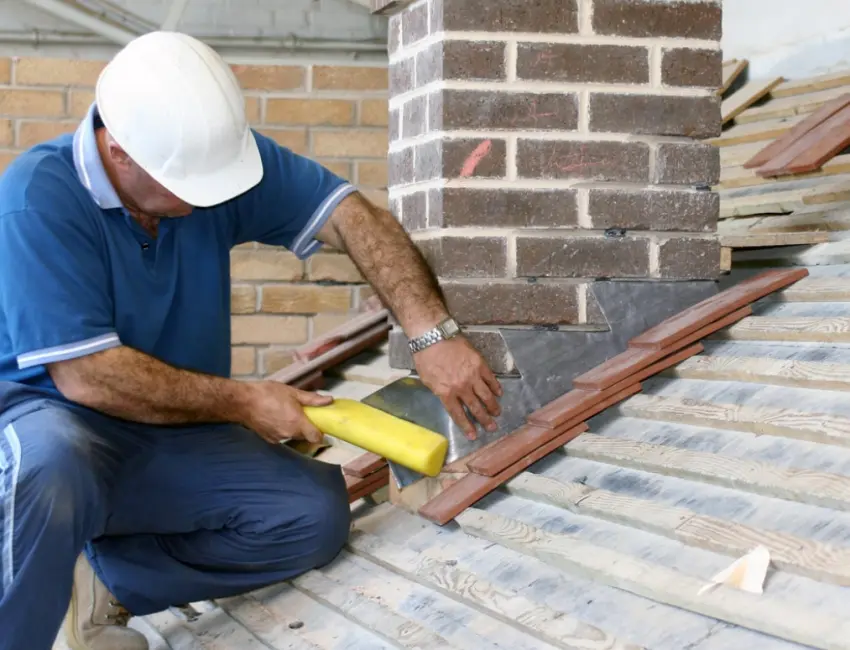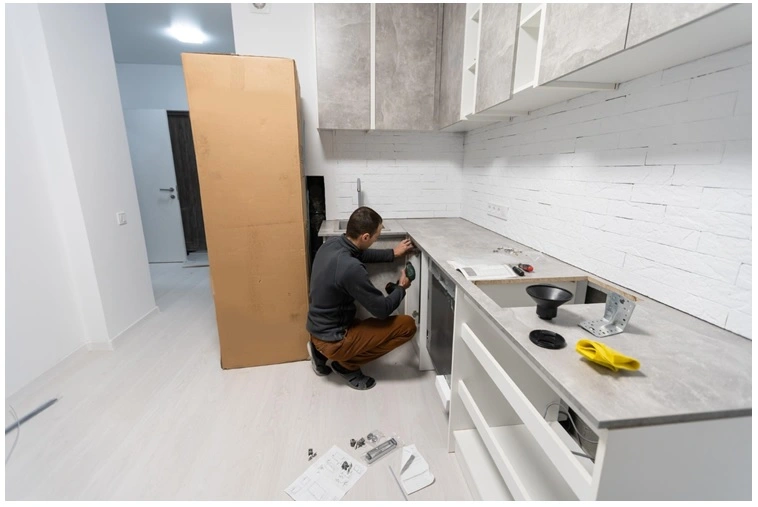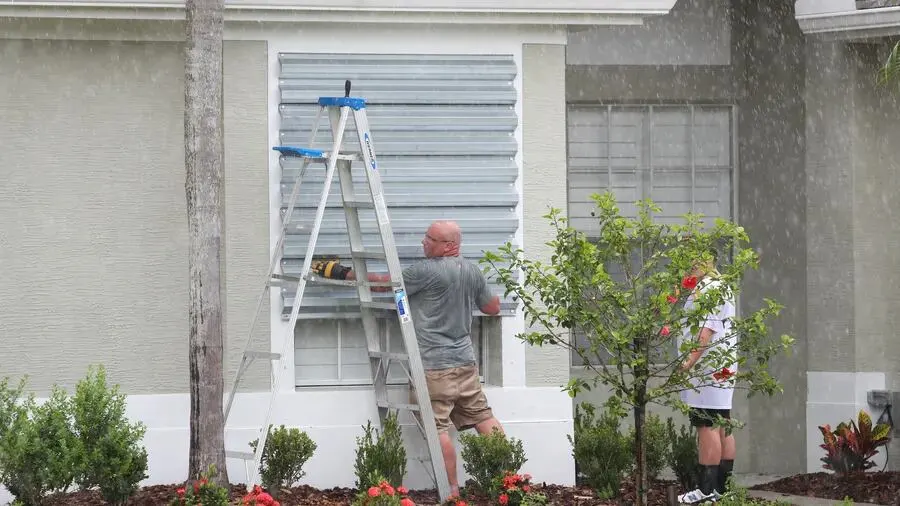The roof of your home is its primary defence against the elements. It shields you from rain, snow, wind, and sun, ensuring you stay dry and comfortable inside.
However, for your roof to perform effectively, it relies on a network of components working together seamlessly, and one of the most critical elements is roof flashing.
It is a simple yet indispensable component of your roofing system. It’s typically made of metal and serves the essential purpose of preventing water from seeping into vulnerable areas of your roof, such as the joints, seams, and transitions.
Without proper flashing, your roof becomes susceptible to leaks, water damage, and more significant issues like mould growth and structural damage.
In this article, you’ll delve into the importance of it, common problems that can arise, and how to detect and fix such issues effectively.
The Significance of Roof Flashing
It is strategically placed at vulnerable points on your roof, including:
- Chimneys: The intersection of your roof and chimney is a prime spot for water intrusion. Flashing is used to seal this area and prevent leaks.
- Valleys: Valleys are low points on your roof where water accumulates. Flashing diverts water away from these areas to prevent pooling.
- Skylights: Skylights are fantastic for bringing natural light into your home, but they can be potential sources of leaks. Proper flashing ensures they remain watertight.
- Vents and Pipes: Any openings in your roof for vents and pipes need flashing to maintain a watertight seal.
- Roof-to-Wall Connections: The point where your roof meets the exterior walls is another critical area for flashing. It prevents water from running down the walls and causing damage.
Some Common Problems That Can Arise Are:
Over time, roof flashing can degrade due to exposure to the elements, temperature fluctuations, and wear and tear. Here are some common issues that can arise:
- Corrosion: Metal flashing can rust, especially if not made from a corrosion-resistant material.
- Cracking: Flashing materials can develop cracks or holes, allowing water to penetrate.
- Lifting: Flashing that has come loose or lifted can create openings for water to enter.
- Improper Installation: If flashing is not installed correctly, it may not provide adequate protection.
- Sealant Deterioration: The sealant used with flashing can deteriorate, leading to leaks.
Detecting Such Issues
Detecting such issues early can prevent more extensive damage. Here’s how you can identify problems:
- Visual Inspection: Regularly check your flashing for damage indicators like cracks, rust, or gaps.
- Interior Signs: Look for signs of water damage inside your home, such as water stains, mould growth, or peeling paint on ceilings and walls.
- Attic Inspection: Look for indications of water penetration in your attic, such as wet wood or insulation.
- Roof Leaks: If you experience roof leaks, trace the source to determine if it’s related to flashing.
Fixing Such Issues
If you’ve detected problems with your weatherproofing, here are the steps to address them:
- Safety First: Ensure you have safety equipment, such as a harness and proper footwear, before working on your roof.
- Clean the Area: Remove debris, dirt, and old sealant from the damaged flashing area.
- Repair or Replace: You can replace the flashing completely or repair it by filling up any holes and cracks, depending on the severity of the damage.
- Sealant: Apply a high-quality roofing sealant compatible with your flashing material to ensure a watertight seal.
- Professional Help: For extensive flashing issues or unsure about the repairs, it’s best to consult a professional roofer.
Conclusion
Weatherproofing is crucial to safeguarding your home from water damage and other potential issues. Maintaining the best possible condition for your flashing requires routine inspections and timely repairs.
By addressing weatherproofing problems early, you can prolong the life of your roof and enjoy a dry, comfortable home for years to come.
If you encounter extensive flashing issues or lack the expertise to tackle repairs, don’t hesitate to seek professional assistance to ensure your roof’s integrity remains intact. Your home’s protection depends on it.
Also Read: Home Automation Technology Advantages




